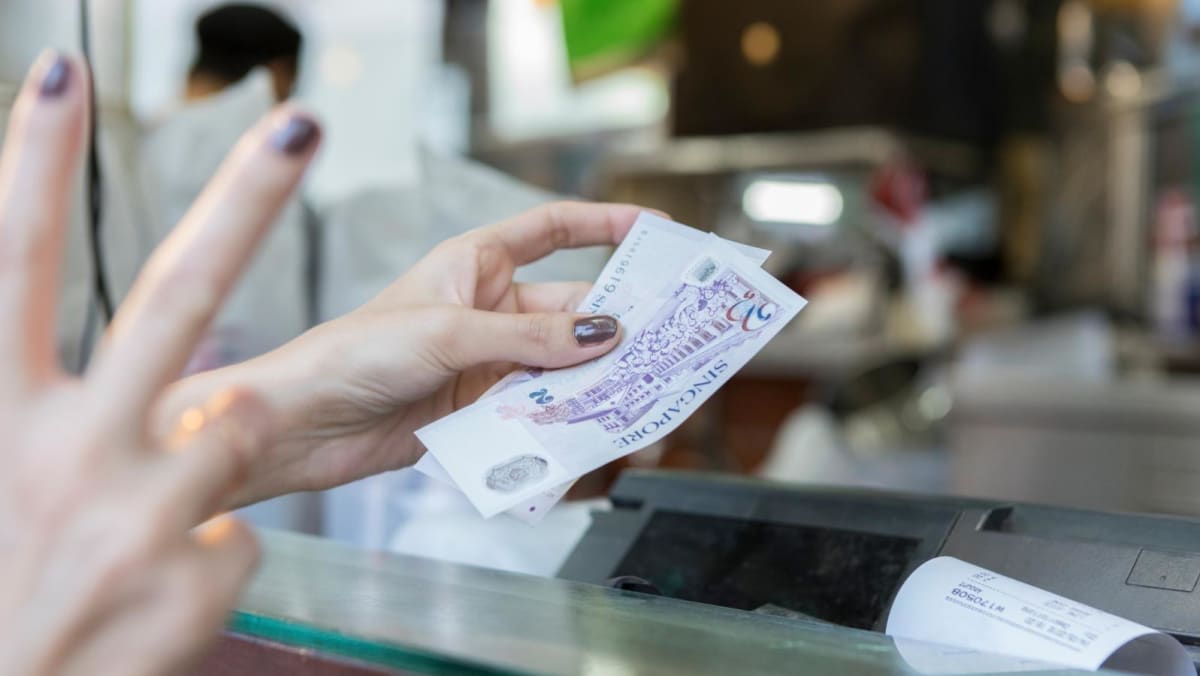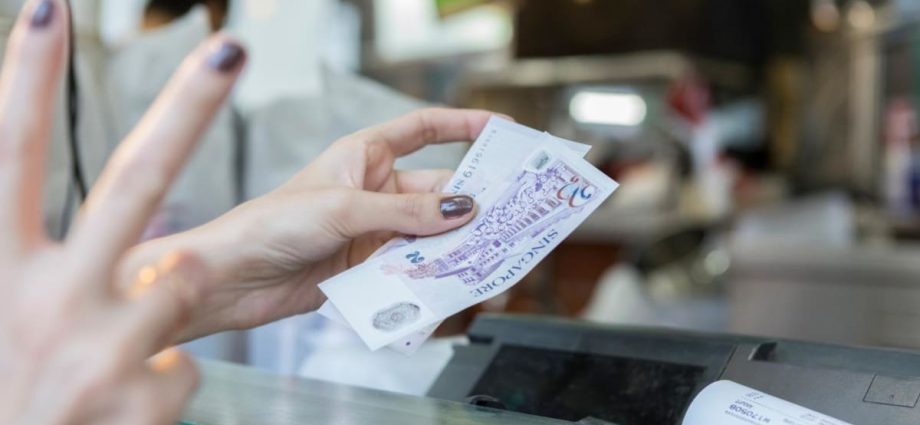
And our cash use is becoming more sustainable
Even if cash does not disappear, it can evolve under the radar.
Paper S$2, S$5 and S$10 banknotes gradually disappeared after the introduction of longer-lasting polymer notes in 2004.
According to a 2013 study by the Bank of England, the longevity of polymer notes means that they have a smaller environmental impact than paper notes.
The study assumed that a polymer note lasts 2.5 times longer than a paper note, but found that polymer notes need only last 1.33 times longer than paper notes to achieve a lower impact.
The longer lifetime of polymer notes – beyond a century for £50 notes – means that “substantially fewer” are needed to provide the same function as a given quantity of paper notes, the study said.
This means that fewer raw materials are needed and less processing is involved to produce enough polymer notes, which the study found is the main reason for their better environmental performance.
In the name of sustainability, we’re also seeing changes to the production of new banknotes for Chinese New Year.
In the past, about 100 million new notes were issued in Singapore annually for Chinese New Year and other festive periods. A “large majority” were used once for gifting and then returned to the Monetary Authority of Singapore (MAS) shortly after.
Most of the returned notes are recirculated, MAS said last year, but excess notes accumulate and are destroyed before the end of their useful life as they “far exceed” replacement demand.
The carbon emissions produced from issuing excess new notes annually are comparable to powering 430 four-room flats, it said.
As part of its efforts to “pave the way for a sustainable future where MAS will no longer issue new notes for festive giving”, the central bank has encouraged the use of “fit-for-gifting” notes, which require less processing than new or good-as-new notes, and e-gifting.

